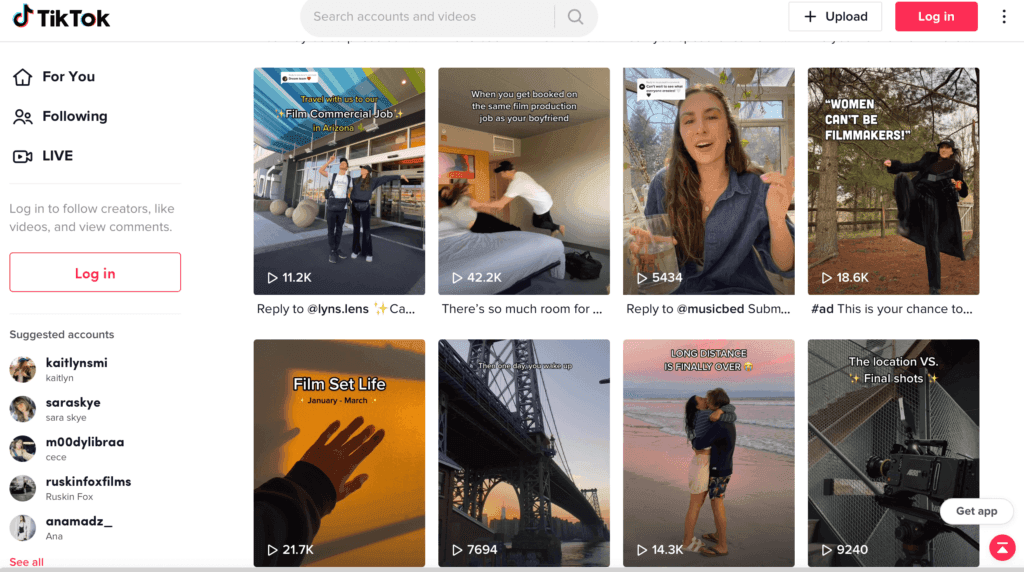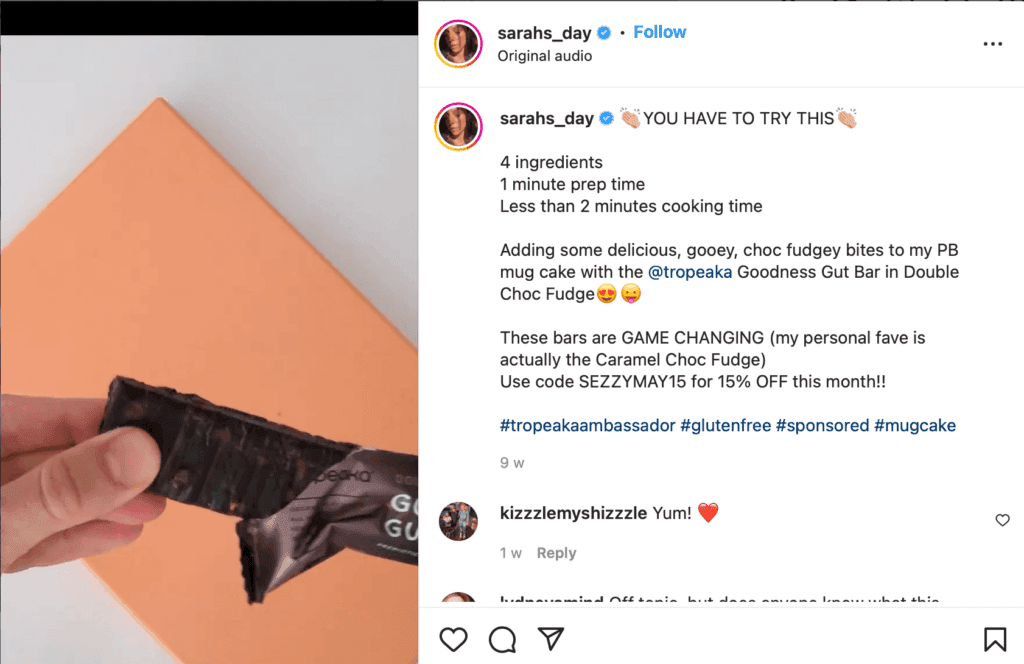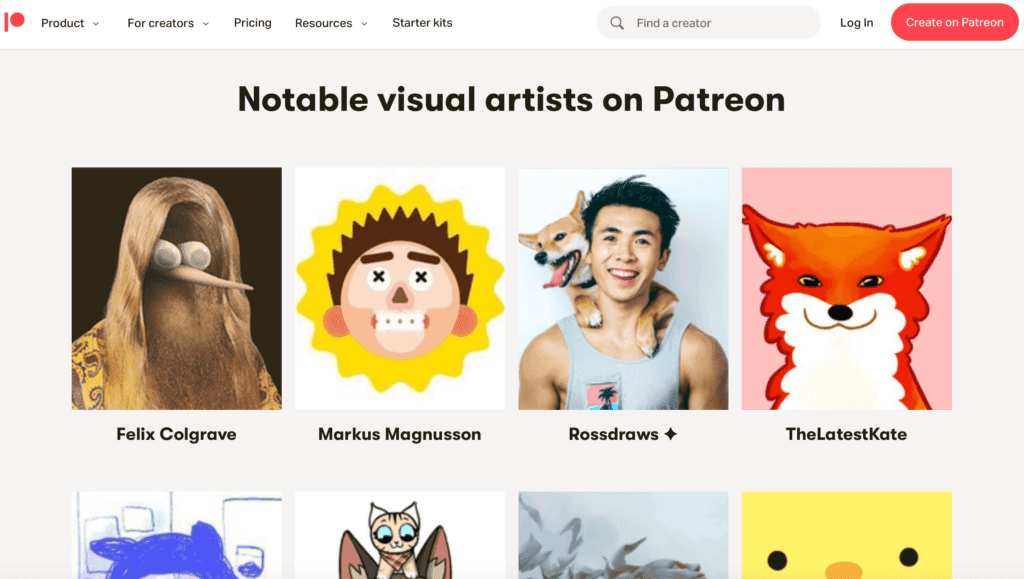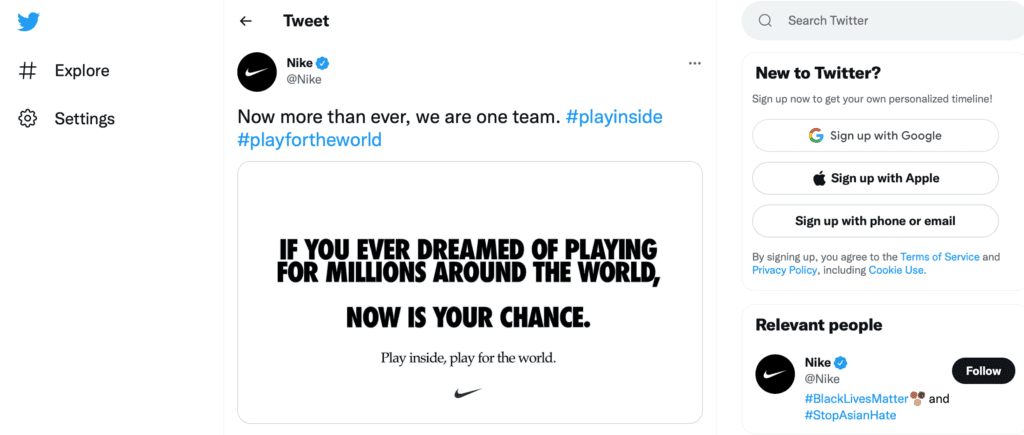
Are you looking for new ways to market your brand? In today's landscape, it can be challenging for your business to stand out when relying solely on traditional marketing methods. With a host of new advertising opportunities available, you can adapt or risk getting left behind.
Fortunately, getting on board with the creator economy might be your solution. With the power to influence purchasing decisions, the creator economy offers you the perfect chance to boost sales. Plus, you can also reach new audiences and build brand loyalty by partnering with passionate and creative influencers.
In this post, we'll look at what the creator economy is and why it's experiencing such popularity. Then, we'll explore three ways for your business to get involved. Let's get started!
An Overview of the Creator Economy
The creator economy was born when users took notice of the internet's potential: anyone can use online platforms to grow an audience. Many people began to see the internet not just as a source of information but as a hub for entertainment and content sharing.
In the past, few people achieved success through creative endeavors. For example, a writer would work with a traditional publishing house, and a musician would need the backing of a record label.
However, as users began to get creative with internet platforms, it allowed more people to monetize their hobbies. Now influencers can make money from various channels, including social media.

With substantial followings, creators can become influencers, enabling them to affect purchasing decisions. Therefore, many companies are attracted to working with creators for marketing their products.
Creators can make money through affiliate marketing and typically share revenue with their hosting platforms. Furthermore, they might also secure sponsorship deals to boost their earnings.
As a live streamer, popular platforms include Twitch and Mixer, whereas WordPress and CreateSpace are great for writers. Instagram is a top platform for photographers, while YouTube and TikTok provide monetization opportunities for filmmakers.
Why the Creator Economy Is Booming
Increasingly more marketing focuses on social media platforms due to their growing popularity and widespread use. For example, in 2021, $3.7 billion was spent on influencer marketing in the US. This number is forecast to rise to $4.62 billion by 2023.
Moreover, with 4.59 billion social media users, these platforms enable you to promote your brand easily. You can reach global audiences by partnering with creators.
The creator economy has grown further due to the COVID-19 pandemic. Many users turned to online courses, streaming movies, and reading blogs/eBooks when they couldn't leave their homes. All of these mediums are cheaper and more accessible alternatives to their in-person counterparts.
The popularity of internet content can also be explained by its relatability and personalization. Since creators upload content frequently and communicate with their audiences directly, they can cultivate loyal followings.

Companies can take advantage of the creator economy because audiences trust influencers' advice and recommendations. For example, nearly 40% of Twitter users admit to making a purchase due to a tweet from an influencer.
How Your Business Can Engage With the Creator Economy (3 Ways)
Now that you understand the creator economy and its power, here are three ways your business can get involved!
1. Partner with Content Creators Within Your Niche
By building loyal networks of followers, creators serve audiences that trust their recommendations. Your business can utilize this trust by piggybacking off influencers' credibility to reach their audiences. Plus, you might discover new ways of advertising your products.
For example, you can partner with creators who produce lots of video content and generate more engagement with your products:

You can use publisher advertising networks or influencer agencies to broker deals between your business and influencers for sponsorships, referrals, and endorsements. Alternatively, you can reach out to creators directly to propose working together.
You also might want to consider collaborating with micro-influencers, which can be great for small businesses. Micro-influencers can still widen your reach while minimizing your campaign's cost per action.
2. Access New Platforms and Support Creators
The creator economy offers exciting game-changing opportunities for your business to explore, including platforms like Patreon and OnlyFans. The industry focuses on many forms of direct creator-community relationships.
These platforms offer influencers and their followers the chance to participate in the collective value they can help platforms create. This approach involves the community in the process:

Your business can take advantage of this aspect of the creator economy by exploring these platforms. This research can help you better understand what audiences are looking for. You can also focus on testing and learning from new strategies. Plus, you can find unique opportunities to collaborate with content creators.
Creators have become the middlemen between brands and audiences, with the power to boost traffic to your site and increase sales. By supporting their endeavors, you can help your brand establish authentic connections and naturally acquire quality affiliates for your program.
3. Move Away from Traditional Marketing Methods
It's important for your business to adapt to the new creator economy. You might consider rethinking how you communicate with audiences. Otherwise, you risk looking outdated and getting left behind.
Creators generally want to partner with exciting brands. Likewise, customers often do business with authoritative brands that position themselves as market leaders.
Furthermore, engaging with the creator economy frees up time and money from investing in marketing materials that may be less effective in today's landscape. For example, the global influencer marketing platform will surpass $370 million in 2027.
Adapting to what audiences want can be easier through partnerships with creators. You can make the most of their ability to produce relevant content that keeps pace with cultural moments.
You might even be able to use “trendjacking”, which focuses on advertising strategies around trends. For example, Nike created a trendjacking marketing campaign focused on social distancing:

Keeping pace with ongoing trends can be difficult for businesses to achieve with normal production means. However, influencers can create content in real-time and are already a part of the cultural fabric. Therefore, they can connect with these movements more easily.
Conclusion
As traditional marketing takes a back seat, your business can either adapt to the creator economy or risk getting left behind. By getting involved with the economy, you can use engaging marketing strategies to explore new audiences and boost sales.
To recap, here are three ways that your business can engage with the creator economy:
- Partner with content creators within your niche.
- Access new platforms and support creators.
- Move away from traditional marketing methods.
Do you have any questions about the creator economy? Let us know in the comments section below!
If you liked this article, follow us on Twitter, Facebook, Pinterest, and LinkedIn. And don't forget to subscribe in the box below!
The post What is the Creator Economy? (A Complete Guide) first appeared on Easy Affiliate.https://www.badadeal.com/what-is-the-creator-economy-a-complete-guide/?feed_id=2649
Comments
Post a Comment